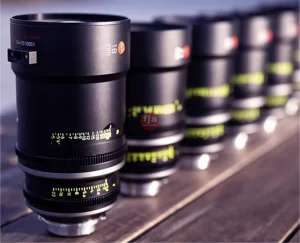
Master Prime Footage and the Anamorphic Look: Editing Software’s Role
Master Prime lenses are renowned for their exceptional image quality, but can editing software alone achieve the coveted anamorphic look with this footage?
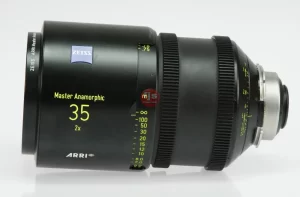
The Anamorphic Illusion: Faking the Look Without Dedicated Lenses
The anamorphic look, with its signature widescreen format and unique aesthetic, is a highly sought-after visual style. But what if you don’t have access to expensive anamorphic lenses?
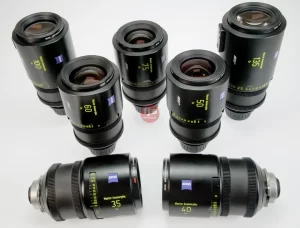
Master Anamorphic Lenses on Full-Frame: Quality Loss? A Myth Debunked
Master Anamorphic lenses, co-developed by ARRI and Zeiss, are renowned for their stunning anamorphic image quality.

Achieving the Widescreen Dream: Lenses for the Anamorphic Look
The cinematic widescreen format with its immersive feel is a staple of Hollywood. But how do you achieve that signature look? The answer lies in a specialized lens type: the anamorphic lens.
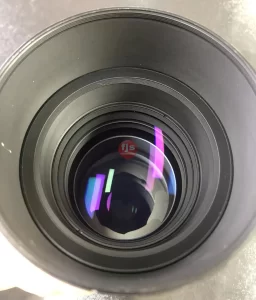
Shedding Light on Low Light: The S7/i’s Performance in Darkness
Cinematographers often battle challenging lighting conditions. Thankfully, some lenses excel in low-light scenarios. But how do Cooke’s S7/i lenses perform when the lights go down?
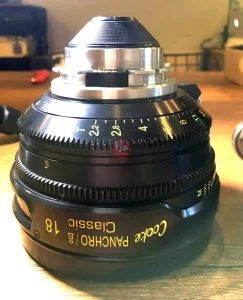
Demystifying the S7/i vs. S7: A Guide to Cooke’s Cinema Lenses
Cooke Optics is renowned for its high-quality cinema lenses, and the S7 and S7/i series are two of their latest offerings. But what differentiates these seemingly similar models?
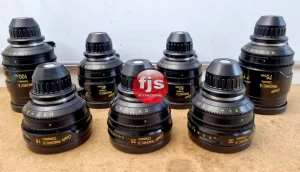
Unveiling the Magic: How Cooke’s /i Technology Works
The Cooke S7/i series boasts a unique feature – /i Technology. But what exactly does it do, and how does it benefit filmmakers?
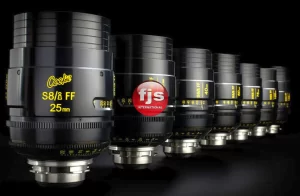
Are Cooke S7/i Lenses Compatible with Your Camera?
Cooke S7/i lenses are a high-end line of professional cinema lenses known for their exceptional image quality and distinctive “Cooke Look.”

Delving Deeper: Unveiling the Secrets of Lens Characteristics
Lenses are the heart and soul of photography. They shape how light interacts with your camera sensor, ultimately defining the look and feel of your images.

Embracing the Dreamy: Techniques for Achieving a Soft Lens Aesthetic
The world of photography isn’t all about razor-sharp clarity. Sometimes, a softer, dreamier aesthetic evokes a sense of nostalgia or adds a touch of artistic flair.
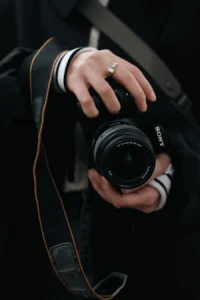
Don’t Despair! Capturing Sharpness with a Less-Than-Perfect Lens
The quest for razor-sharp images is a constant pursuit for photographers. But what if your lens isn’t the sharpest tool in the shed? Fear not! With the right techniques,

Pricey Perfection? Debunking the Expensive Lens = Sharpness Myth
The allure of a sharp lens is undeniable. Crisp details, stunning enlargements, and bragging rights – who wouldn’t want one? But does a hefty price tag automatically guarantee razor-sharp images?

How to Tell How Sharp a Lens Is: Unveiling Clarity
A sharp lens is a photographer’s best friend. It captures details with crispness, allowing for stunning images and flawless enlargements. But how do you know if a lens is truly sharp?
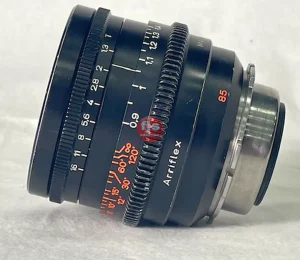
ZEISS Lenses: A Look at Their Renowned Quality
ZEISS is a name synonymous with quality optics, and their reputation extends to the realm of eyeglasses. But are ZEISS lenses truly worth the hype?

Unveiling the Uniqueness of Telephoto Lenses
Telephoto lenses hold a special place in the photographer’s toolkit. While they share some similarities with standard lenses,

Telephoto vs. Zoom Lens: Unveiling the Confusion
The terms “telephoto lens” and “zoom lens” are often used interchangeably, but there are key distinctions between the two.

Telephoto Lenses: Bringing Distant Subjects Closer
Have you ever wished you could capture a clear image of that bird perched high on a branch, or zoom in on the details of a faraway building? Enter the telephoto lens,
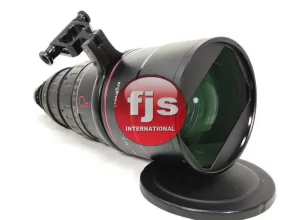
Prime vs. Zoom Lenses: Unveiling the Cost Difference
Lenses are a photographer’s right-hand tool, shaping the way we capture the world around us. But with a vast array of options,
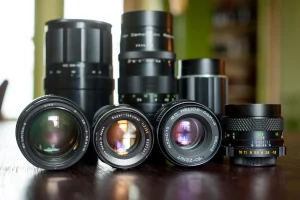
On the Hunt for History: Top Spots to Find M42 Lenses
The world of M42 lenses offers a treasure trove of vintage glass, waiting to breathe new life into your photography. But with so many potential sources,
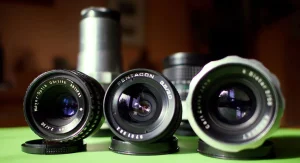
Capturing the Grandeur: Top M42 Wide-Angle Lenses for Breathtaking Images
The M42 lens mount, a historical giant in photography, offers a pathway to unique and captivating wide-angle photography.
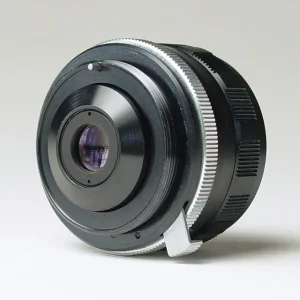
Stepping Back in Time: The Allure of M42 Lenses in Modern Photography
In the fast-paced world of modern cameras with autofocus and auto-everything, there’s a growing interest in a more hands-on approach. M42 lenses,
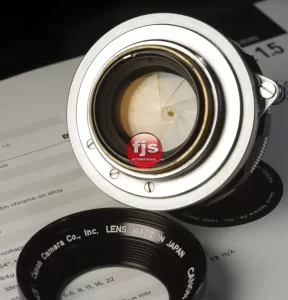
Unveiling the M42 Lens Mount: A Legacy of Vintage Photography
The world of photography is filled with various lens mounts, each designed to connect a lens to a specific camera body. Among these

Expanding Your Micro Four Thirds Horizons: Top Wide-Angle Lenses for Breathtaking Landscapes
Micro Four Thirds (MFT) cameras are popular for their compact size and excellent image quality. They excel in capturing stunning landscapes, and a wide-angle lens is a key tool for emphasizing the vastness of a scene.
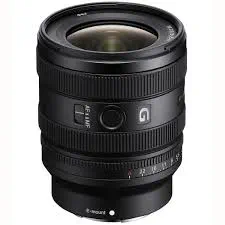
Widening Your Horizons: Top Wide-Angle Lenses for Sony Cameras in 2024
Sony cameras are renowned for their image quality and versatility, making them popular choices for landscape photographers.
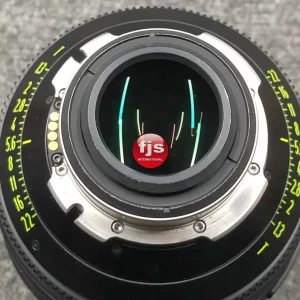
Unveiling the Power of Primes: Exploring the Three Main Types
Prime lenses, with their fixed focal length, offer a unique set of advantages to photographers. Unlike zoom lenses that provide a range of focal lengths,

Expanding Your View: Top Wide-Angle Lenses for the Nikon D3400 (DX-Format)
The Nikon D3400 is a fantastic entry-level DSLR camera, perfect for capturing stunning landscapes. To truly encompass the grandeur of a scene,
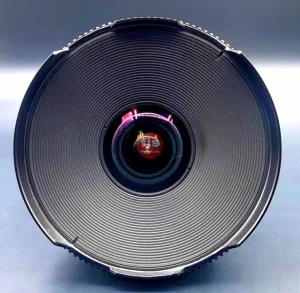
Capturing the Majesty: Best Wide-Angle Lenses for Landscape Photography in 2024
Wide-angle lenses are a landscape photographer’s best friend. They allow you to capture the vastness of a scene, emphasizing dramatic foregrounds and sweeping vistas
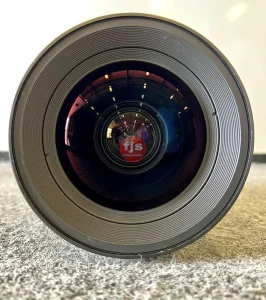
Sharp Decisions: Unveiling the Benefits of Superior Sharpness Lenses
In the competitive world of filmmaking, capturing stunning visuals is key to captivating audiences. While many factors contribute to a compelling image
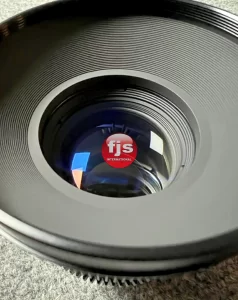
Sharp Shooters: Unveiling the Clarity Kings of High-Def Lenses
In the realm of high-definition filmmaking, capturing crisp, detailed visuals is paramount. While all the top lens series deliver exceptional quality,
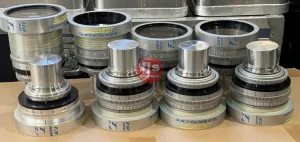
The Heavy Hitters: Top High-Definition Film Lens Series
The world of high-definition filmmaking revolves around capturing stunning visuals, and the right lens series can make all the difference.

Vintage Lenses: A Budget-Friendly Alternative for the Anamorphic Look?
The distinctive widescreen format with oval bokeh, horizontal flares, and a certain cinematic character – that’s the magic of anamorphic lenses.
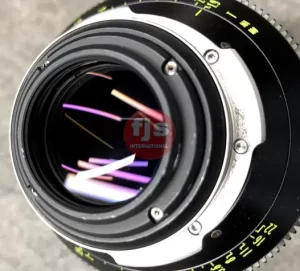
Does Software De-Squeezing Deliver True Anamorphic Quality?
Ever wondered why some movies have black bars at the top and bottom when viewed on a widescreen TV? Those films were likely shot in anamorphic format,
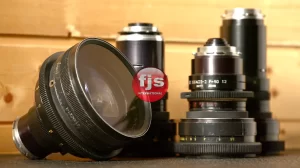
Taking Control: Can You Fine-Tune De-Squeezing on Your TV?
Let’s explore whether you can adjust de-squeezing settings on your TV and how this can impact your viewing experience.
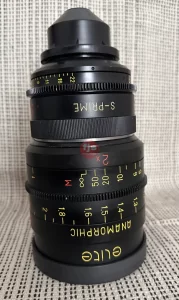
Not All Content Stretches the Same: Why Source Matters for De-Squeezing
the source content itself plays a critical role in how effective de-squeezing is. Let’s delve into why!
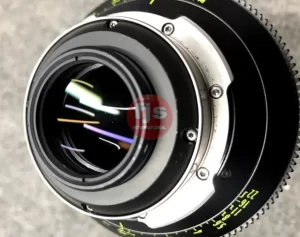
Finding the Sweet Spot: Can You Have Both Immersion and Accuracy with De-Squeezing?
De-squeezing seems like the answer, but can it truly offer a middle ground between a full screen and pristine image fidelity? Let’s explore the potential for a compromise.

Not All Stretches Are Created Equal: A Guide to De-Squeezing Methods
Software de-squeezing tackles this by stretching the image to fill the screen. But is all de-squeezing the same? Let’s delve into the different methods and their impact on your viewing experience.
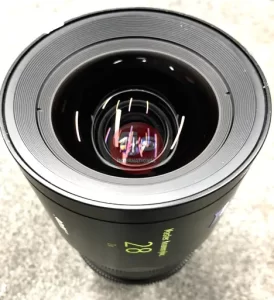
Chasing the Anamorphic Dream: Can TVs Replicate Projector Quality?
Ever craved the true cinematic experience of anamorphic films on your widescreen TV? While those black bars might feel like wasted space, they hold the key to preserving the director’s vision.
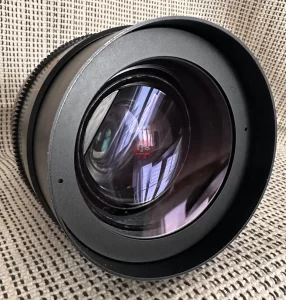
Not All Stretches Are Created Equal: A Look at De-Squeezing Methods
ver noticed those black bars on your widescreen TV when watching an older movie? Blame anamorphic format! These films capture a wider image than standard TVs can display.

Black Bars vs. De-Squishing: Filling Your Screen with Anamorphic Movies
Modern technology offers software de-squeezing to fill the screen, but is it truly better than the classic black bars? Let’s explore both sides.
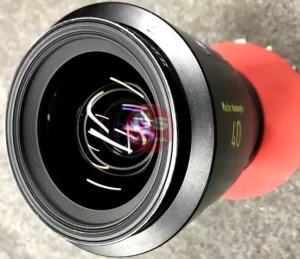
Do Software De-Squeezing Methods Offer True Anamorphic Quality?
Software de-squeezing methods attempt to recover this wider image, but do they truly deliver anamorphic quality?

What are the three different types of prime lenses?
Prime lenses might seem like a simple category, but they actually encompass a wide range of focal lengths, each suited to different applications in photography.
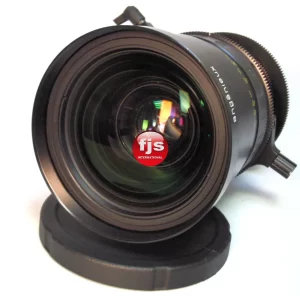
The opposite of a zoom lens is a prime lens, also known as a fixed focal length lens.
The opposite of a zoom lens is a prime lens, also known as a fixed focal length lens.
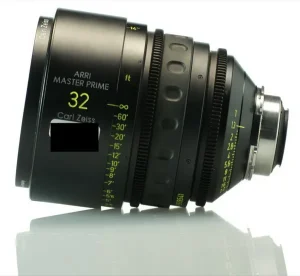
Spotting a Prime Lens: A Detective’s Guide for Photographers
Choosing the right lens is crucial for capturing stunning photos. But with so many options, differentiating between prime and zoom lenses can be tricky.
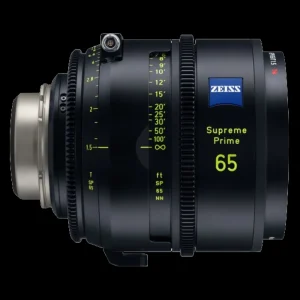
The “Best” Prime Lens: It Depends on Your Vision
There’s no single “best” prime lens – it all boils down to your personal photography style and what you want to achieve.

Identifying a Prime Lens: It’s All in the Numbers
When choosing a lens, differentiating between a prime lens and a zoom lens is crucial. Thankfully, there are several ways to tell them apart. Here’s a guide to help you identify a prime lens:
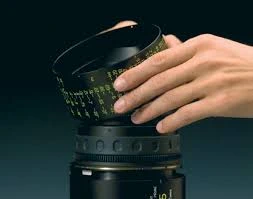
Prime Lenses: Must-Have or Missed Opportunity?
Prime lenses, with their fixed focal length, might seem like a niche choice compared to the versatility of zoom lenses. But don’t be fooled! Prime lenses offer a unique set of advantages that can elevate your photography and open doors to creative possibilities. So, do you really need prime lenses? Let’s explore the pros and cons to help you decide.
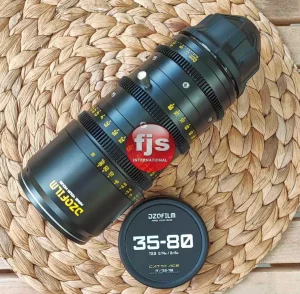
The Versatile 35mm Lens: Your Everyday Photography Companion
The 35mm prime lens holds a special place in the hearts of many photographers. Often referred to as the “walking around lens,” it offers a unique blend of versatility,
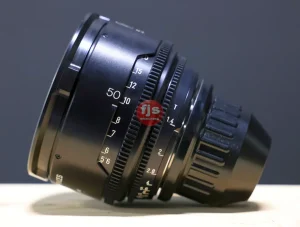
Can You Zoom With a Prime Lens? Unveiling the Fixed Focal Length
Prime lenses, also known as fixed focal length lenses, are a photographer’s workhorse. They offer a unique set of advantages that contribute to exceptional image quality and a distinctive shooting experience.

Beyond Anamorphic Lenses: Unveiling Creative Alternatives
The anamorphic aesthetic – that coveted widescreen format with a distinct horizontal stretch – holds a captivating charm for many filmmakers. But the high cost
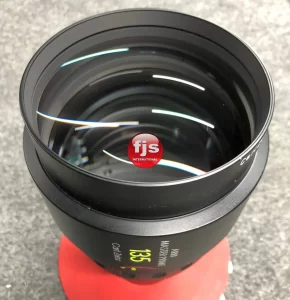
Chasing Cost-Effectiveness: Master Prime Lenses vs. Anamorphic Options
The allure of anamorphic filmmaking, with its distinctive widescreen format and unique aesthetic, can be undeniable. But the specialized equipment often carries a hefty price tag.
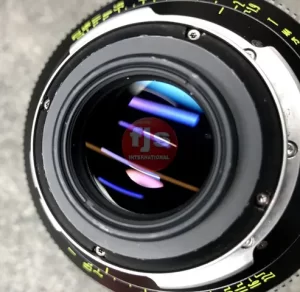
Unveiling the Anamorphic Look: Can Master Prime Lenses Deliver It?
The alluring wide-screen format with a distinctive horizontal stretch – that’s the magic of anamorphic filmmaking. And achieving this aesthetic often conjures up images of specialized cameras.
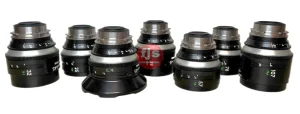
Master Prime vs. Anamorphic Lenses: Unveiling the Visual Distinction
Master Prime lenses, renowned for their exceptional image quality and sharpness, are a popular choice for filmmakers.
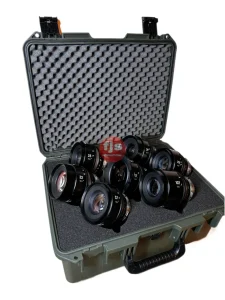
Dedicated Full-Frame Anamorphic Lenses: Embracing the Widescreen Experience
The world of anamorphic cinematography offers a distinct visual style with its wider aspect ratio and characteristic bokeh.

Master Anamorphic Lenses on Full-Frame: Quality and Considerations
Master Anamorphic lenses, co-developed by ARRI and ZEISS, are known for their exceptional performance and ability to capture the coveted anamorphic look.

Anamorphic Look with Master Prime Lenses: Yes, But…
While Master Primes are high-quality lenses, they are not specifically designed for the anamorphic format. Achieving the true anamorphic look requires dedicated anamorphic lenses.

Do Master Prime lenses have good bokeh?
Yes, Master Prime lenses can achieve smooth and pleasing bokeh. While not their primary focus, their high-quality optics and fast aperture (T1.3) contribute to:
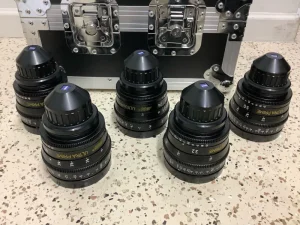
How do Master Prime lenses’ sharpness impact image quality?
Yes, the exceptional sharpness of Master Prime lenses significantly impacts image quality in several ways:




